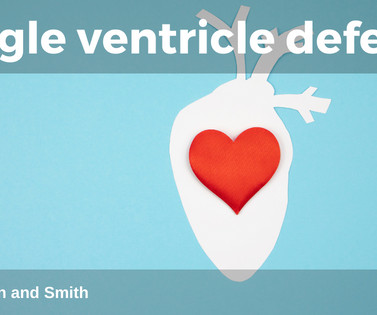Single ventricle defects and the hunt for the best shunt
Don't Forget the Bubbles
JUNE 26, 2023
Whilst waiting for an operation, they need to be managed medically. The underlying heart defect determines the precise operation performed – you might have heard of the Norwood procedure , an example used for HLHS specifically. Six hours post-operatively, they become more mottled, with weak pulses – signs of poor systemic perfusion.












Let's personalize your content